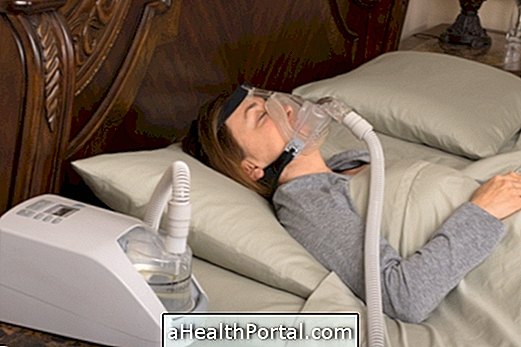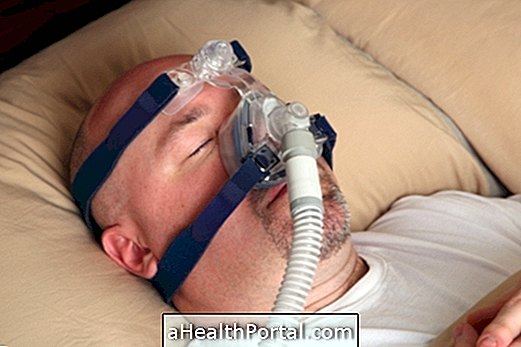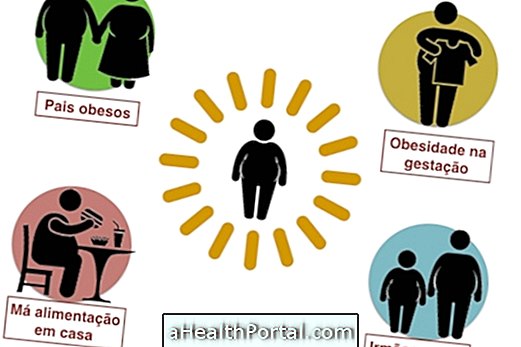Sleepwalking is a sleeping disorder that usually starts between the ages of 4 and 8, and is a passenger requiring no specific treatment. It is only necessary to keep the person quiet and safe so that they do not leave the house and not get hurt.
Usually the episode begins within the first 2 hours after the person goes to sleep and in this situation the person is not fully awake and is dreaming but can move around the house and even tries to speak something, although the speech is not always understandable. Understand sleepwalking and why it happens.

Thus, some tips to ensure the safety of sleepwalkers are:
- Do not try to wake him up during an episode of sleepwalking because he may react violently and unexpectedly;
- Lead the sleepwalker back to his bed, quietly, without waking him;
- Put a spotlight in the room and in the hallways of the house, to identify more easily when it is in motion;
- Avoid using bunk beds or in this case, put the person to sleep always in the bed underneath to prevent it from falling off the bed;
- Do not leave objects or toys scattered on the floor of the house to prevent it from getting hurt;
- Keep the windows and doors closed to prevent her leaving the house;
- Keep sharp objects such as knives, scissors and blades in the drawers that the person could have access to during sleepwalking.
In adults, when somnambulism becomes frequent and disrupts the rest of the person, the doctor may indicate the use of medicines such as Diazepam or Bromazepam to make the person calm and quiet and achieve a better quality of sleep.
Strategies such as going to sleep at the same time, not staying more than 9 hours in bed and avoiding stimulant foods like coffee, coke and black tea after 6:00 p.m. also help improve sleep quality, but sleepwalking may be related to insecurity, fear and anxiety one must treat these emotions properly.
























